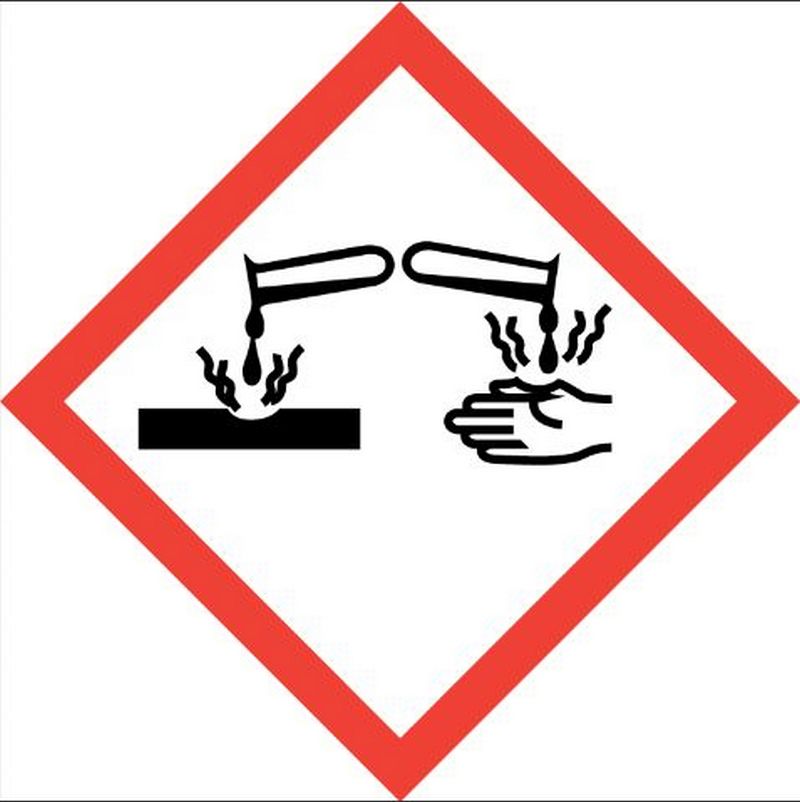How Toxic Hydrofluoric Acid Is?
Hydrofluoric acid (HF) is highly toxic and corrosive, and exposure to it can be very dangerous. The toxicity of hydrogen fluoride is due to its ability to penetrate the skin and underlying tissues and react with calcium in the body, resulting in the formation of insoluble calcium fluoride, which damages internal organs and causes systemic toxicity.
Inhalation of HF vapor can cause severe respiratory injury, and skin exposure can result in severe burns that may require amputation. Even small amounts of exposure to hydrogen fluoride can be life-threatening, and if someone comes into contact with this acid, immediate medical attention is required.
HF is also highly reactive and can cause explosions or fires when it comes into contact with certain substances, such as water, metals, and organic compounds.
Hydrofluoric acid is a highly toxic chemical, common liquid hydrofluoric acid and hydrofluoric acid vapor, contact with both will cause certain harm to the human body, but there are some differences, need to be specific analysis of specific problems.
If it is contact with liquid hydrofluoric acid, the harm to the human body is mainly manifested in the skin, for example, at the beginning of contact with the skin, there will be skin flushing, dry, pale wound, necrosis, and then appear purple black or gray black, often accompanied by severe pain. Fluoride ions in the late stage of contact with hydrofluoric acid can penetrate the skin and reach deep tissues, which can lead to muscle necrosis in severe cases.
If it is contact with hydrofluoric acid vapor, or inhale hydrofluoric acid vapor, the harm to the human body is reflected in the eyes and respiratory tract, such as nose, throat, sternum behind the burning sensation, loss of smell, cough, hoarseness, etc. In severe cases, there are intractable ulcers of nasal mucosa, ocular conjunctiva, oral mucosa, nasal septum perforation, corneal perforation, bronchitis, pneumonia, pulmonary edema, and even reflex asphyxia, respiratory and circulatory failure.
In addition, fluoride ions in hydrofluoric acid will combine with calcium ions after invasion into the human body, resulting in decreased blood calcium, hand and foot convulsions, arrhythmia, and even cardiac arrest. Long-term low concentration exposure to hydrofluoric acid will also lead to dental acidosis.
In general, HF requires special handling and safety precautions due to its high toxicity and should only be used by trained professionals with appropriate personal protective equipment and emergency response plans. And actively participate in the practitioners of emergency drills, improve the ability to deal with emergencies
